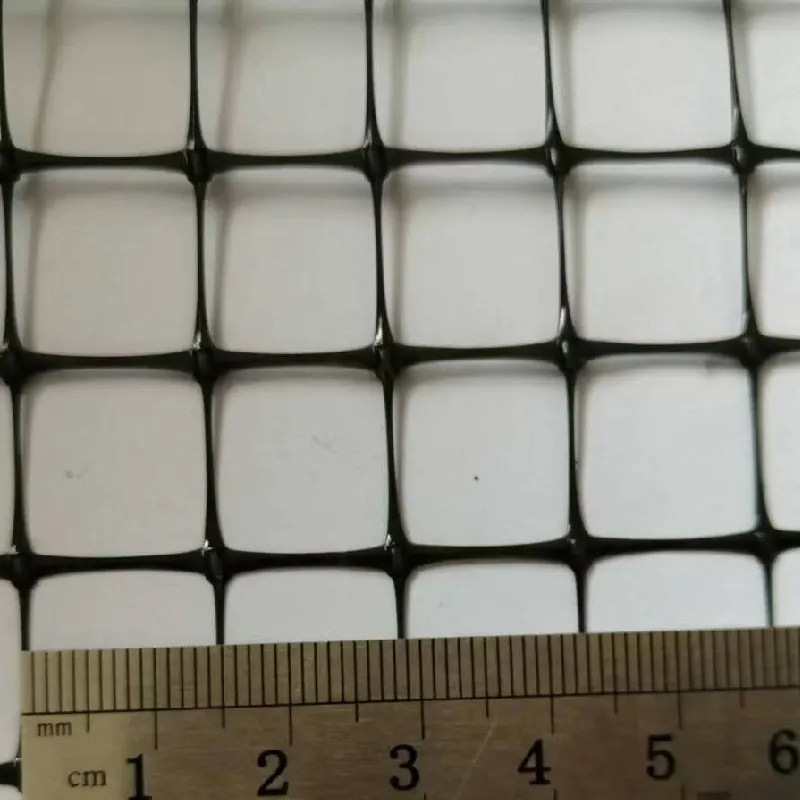-
 Afrikaans
Afrikaans -
 Albanian
Albanian -
 Amharic
Amharic -
 Arabic
Arabic -
 Armenian
Armenian -
 Azerbaijani
Azerbaijani -
 Basque
Basque -
 Belarusian
Belarusian -
 Bengali
Bengali -
 Bosnian
Bosnian -
 Bulgarian
Bulgarian -
 Catalan
Catalan -
 Cebuano
Cebuano -
 China
China -
 Corsican
Corsican -
 Croatian
Croatian -
 Czech
Czech -
 Danish
Danish -
 Dutch
Dutch -
 English
English -
 Esperanto
Esperanto -
 Estonian
Estonian -
 Finnish
Finnish -
 French
French -
 Frisian
Frisian -
 Galician
Galician -
 Georgian
Georgian -
 German
German -
 Greek
Greek -
 Gujarati
Gujarati -
 Haitian Creole
Haitian Creole -
 hausa
hausa -
 hawaiian
hawaiian -
 Hebrew
Hebrew -
 Hindi
Hindi -
 Miao
Miao -
 Hungarian
Hungarian -
 Icelandic
Icelandic -
 igbo
igbo -
 Indonesian
Indonesian -
 irish
irish -
 Italian
Italian -
 Japanese
Japanese -
 Javanese
Javanese -
 Kannada
Kannada -
 kazakh
kazakh -
 Khmer
Khmer -
 Rwandese
Rwandese -
 Korean
Korean -
 Kurdish
Kurdish -
 Kyrgyz
Kyrgyz -
 Lao
Lao -
 Latin
Latin -
 Latvian
Latvian -
 Lithuanian
Lithuanian -
 Luxembourgish
Luxembourgish -
 Macedonian
Macedonian -
 Malgashi
Malgashi -
 Malay
Malay -
 Malayalam
Malayalam -
 Maltese
Maltese -
 Maori
Maori -
 Marathi
Marathi -
 Mongolian
Mongolian -
 Myanmar
Myanmar -
 Nepali
Nepali -
 Norwegian
Norwegian -
 Norwegian
Norwegian -
 Occitan
Occitan -
 Pashto
Pashto -
 Persian
Persian -
 Polish
Polish -
 Portuguese
Portuguese -
 Punjabi
Punjabi -
 Romanian
Romanian -
 Russian
Russian -
 Samoan
Samoan -
 Scottish Gaelic
Scottish Gaelic -
 Serbian
Serbian -
 Sesotho
Sesotho -
 Shona
Shona -
 Sindhi
Sindhi -
 Sinhala
Sinhala -
 Slovak
Slovak -
 Slovenian
Slovenian -
 Somali
Somali -
 Spanish
Spanish -
 Sundanese
Sundanese -
 Swahili
Swahili -
 Swedish
Swedish -
 Tagalog
Tagalog -
 Tajik
Tajik -
 Tamil
Tamil -
 Tatar
Tatar -
 Telugu
Telugu -
 Thai
Thai -
 Turkish
Turkish -
 Turkmen
Turkmen -
 Ukrainian
Ukrainian -
 Urdu
Urdu -
 Uighur
Uighur -
 Uzbek
Uzbek -
 Vietnamese
Vietnamese -
 Welsh
Welsh -
 Bantu
Bantu -
 Yiddish
Yiddish -
 Yoruba
Yoruba -
 Zulu
Zulu
Exploring the Future of Mining Mesh Technologies and Their Applications
The Role of Mining Mesh in Modern Extraction Techniques
In the rapidly evolving world of mining, efficiency and safety are paramount. Among the innovations that have emerged to address these concerns is the use of mining mesh. This material, integral to various mining operations, has transformed how miners approach stability and extraction processes.
Mining mesh, typically composed of durable materials like steel or high-strength polymers, serves multiple functions in diverse mining environments. It is primarily designed to reinforce ground support, ensuring that tunnels and shafts remain stable during excavation. The application of mining mesh helps to mitigate the risks of collapses, particularly in underground operations where the integrity of the rock formations is critical.
One of the most significant advantages of mining mesh is its ability to enhance safety. By providing a sturdy barrier, it prevents loose rock and debris from falling into work areas, thereby protecting miners and equipment from potential hazards. This improvement in safety standards not only helps in reducing accidents but also minimizes downtime, allowing for more efficient extraction processes.
In addition to safety, mining mesh contributes to environmental sustainability
. The mining industry has faced increasing scrutiny over its environmental impact, and implementing technologies that reduce this footprint is essential. The use of mining mesh aids in controlling dust and debris, which can have detrimental effects on air quality. By keeping the site cleaner and more organized, mining companies can adhere to environmental regulations and promote responsible mining practices.mining mesh

The versatility of mining mesh is another aspect that makes it so valuable. It can be tailored to suit various mining operations, whether in coal, metal, or stone mining. Different mesh designs and materials can be employed based on specific requirements and conditions of the mining site. This adaptability means that miners can optimize their resource extraction methods while ensuring safety and stability.
Moreover, the installation of mining mesh can be completed relatively quickly compared to traditional support methods, which often involve heavy machinery and extensive labor. This efficiency introduces significant cost savings, allowing mining operations to allocate resources more effectively. In a competitive industry, these savings can have a substantial impact on a company’s bottom line.
As technology continues to advance, the future of mining mesh looks promising. Innovations in materials science are leading to the development of even lighter and stronger alternatives, enhancing the effectiveness of mining mesh systems. Smart materials that can adapt to environmental changes and monitor conditions in real time are on the horizon, promising to revolutionize how mesh systems are utilized in the mining industry.
Furthermore, the integration of drones and automation in mining operations has changed how mining mesh is deployed. Drones can now be used to assess the condition of tunnels and shafts, enabling miners to identify areas where mesh may be needed even before excavation begins. This proactive approach can prevent potential hazards and improve planning and execution.
In conclusion, mining mesh is a crucial component of modern mining practices, improving safety, efficiency, and environmental sustainability. Its adaptability and ease of installation have made it a preferred choice in various mining types, and ongoing advancements promise to further enhance its effectiveness. As the industry continues to evolve, mining mesh will undoubtedly play a vital role in shaping the future of resource extraction. By prioritizing safety and efficiency, mining mesh positions the industry for success in an increasingly complex global landscape.
-
Shipping Plastic Bags for Every NeedNewsJul.24,2025
-
Safety Netting: Your Shield in ConstructionNewsJul.24,2025
-
Plastic Mesh Netting for Everyday UseNewsJul.24,2025
-
Nylon Netting for Every UseNewsJul.24,2025
-
Mesh Breeder Box for Fish TanksNewsJul.24,2025
-
Expanded Steel Mesh Offers Durable VersatilityNewsJul.24,2025











